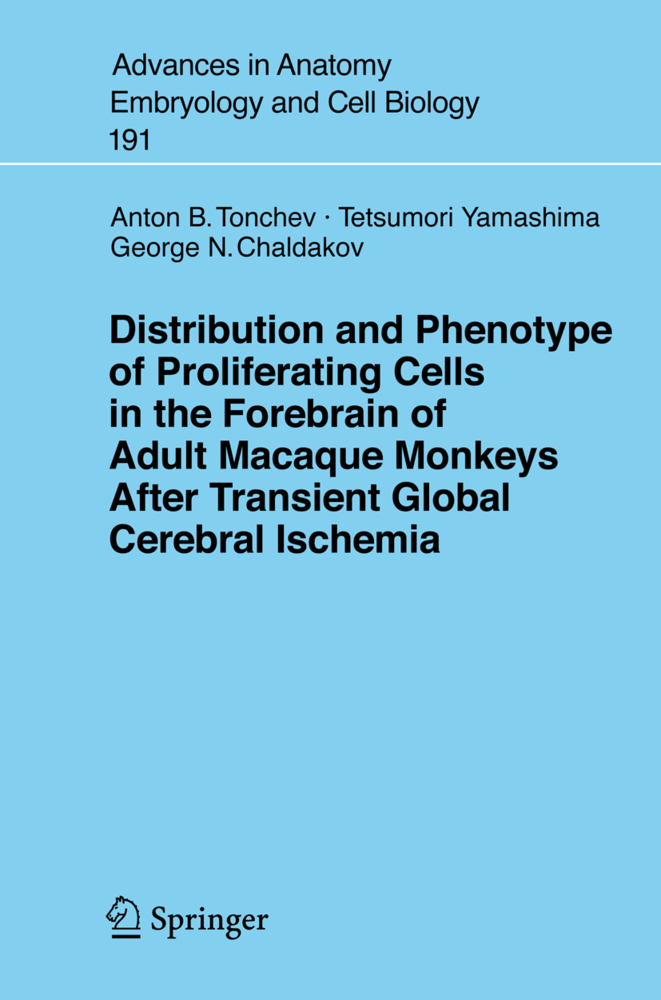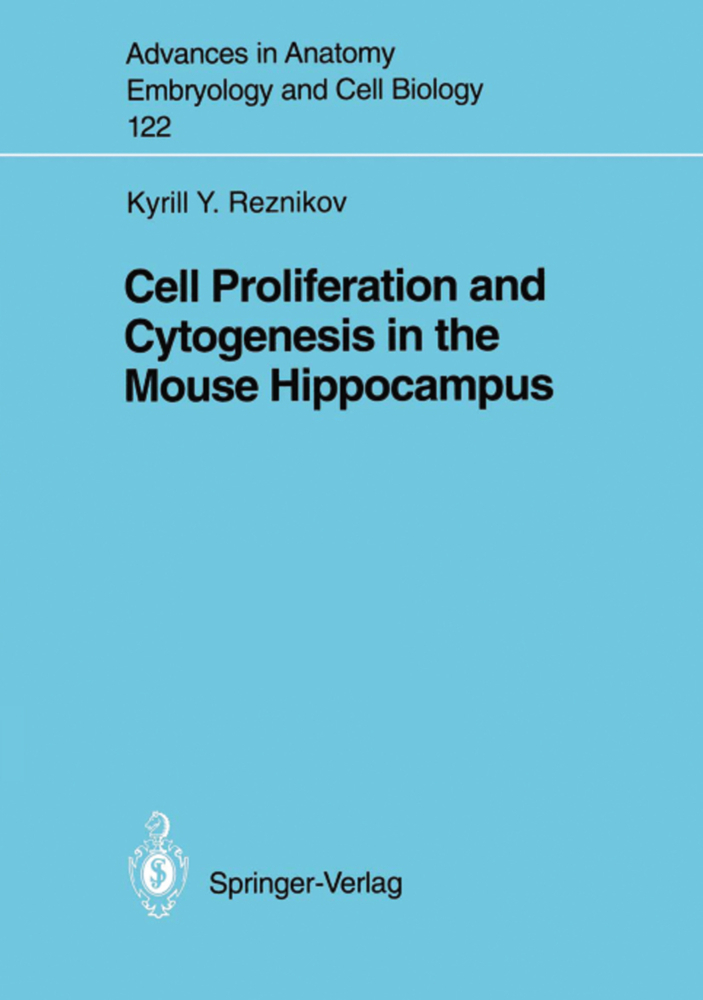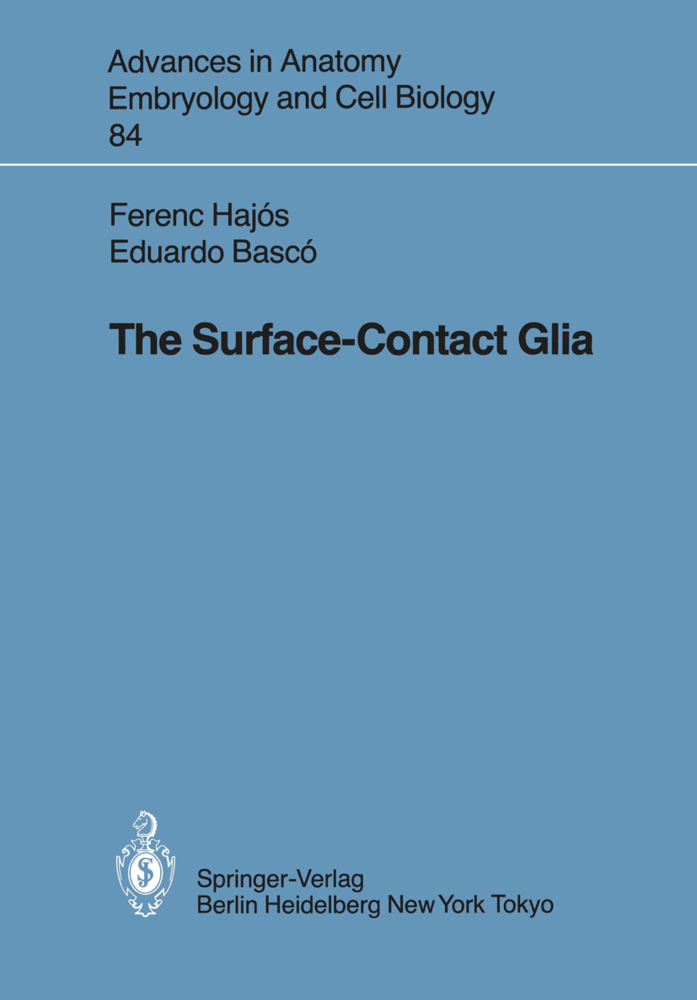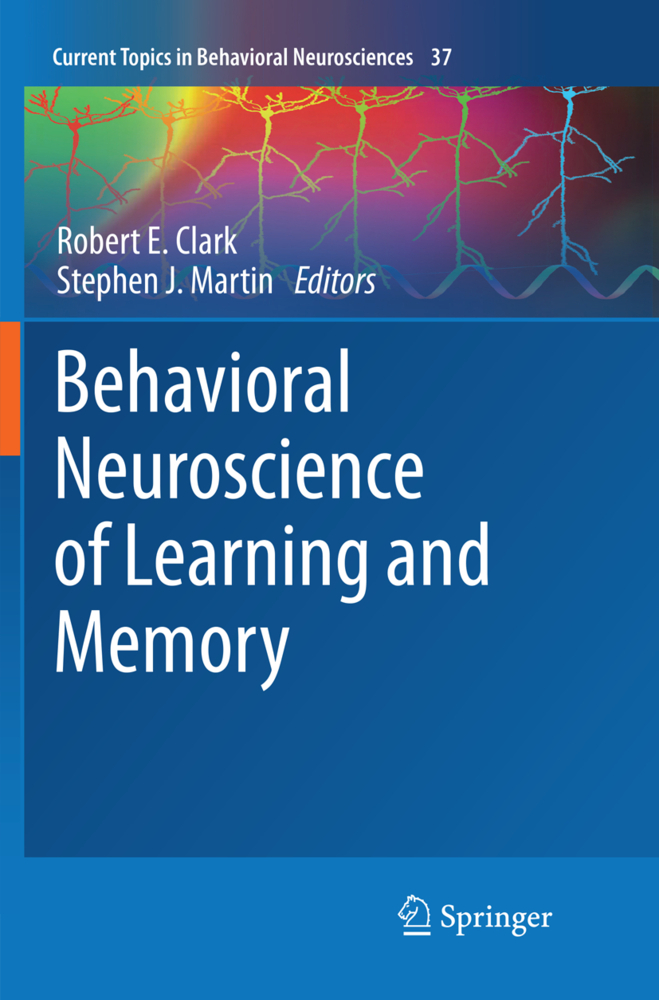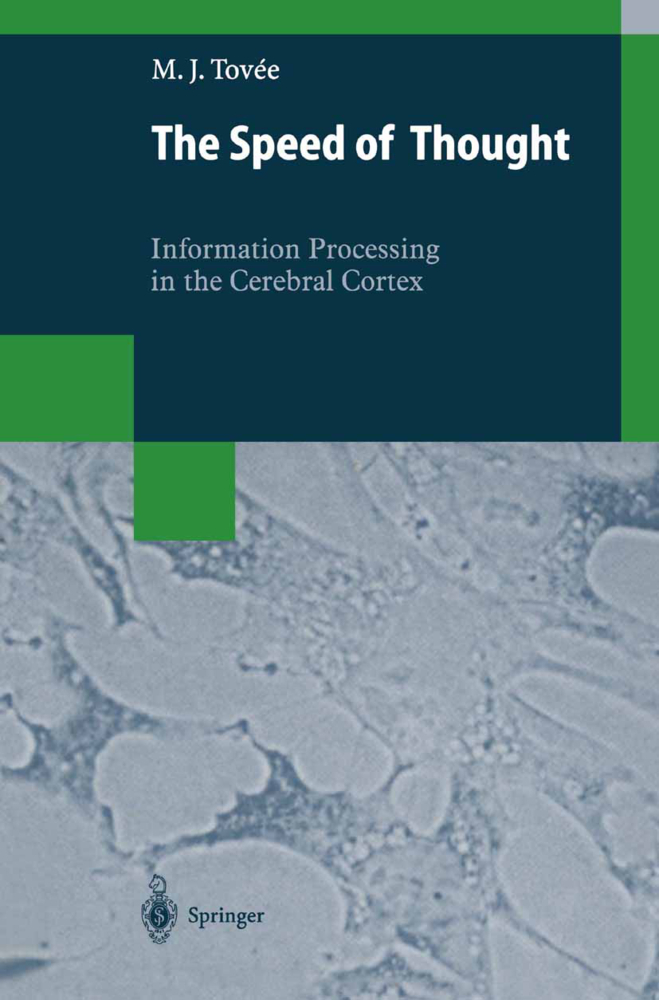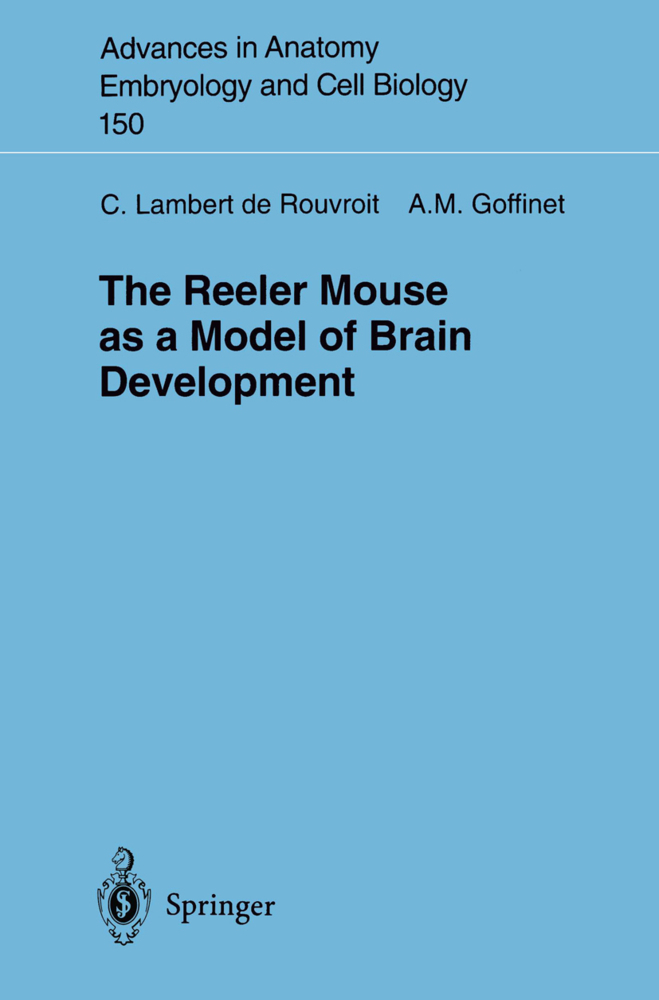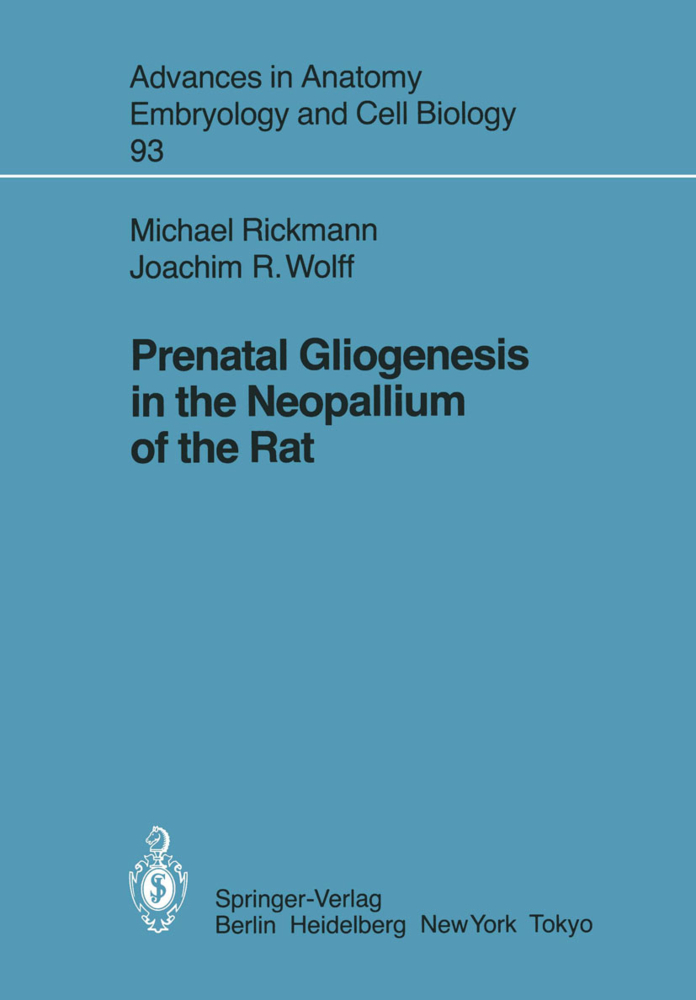Distribution and Phenotype of Proliferating Cells in the Forebrain of Adult Macaque Monkeys after Transient Global Cerebral Ischemia
1 Introduction.-.1 Studies on cell proliferation in adult primate brain
1.2 Methodological considerations in detecting cell proliferation
1.3 Cell proliferation in rodent brain after ischemia
1.4 Global cerebral ischemia in primates
2 Materials and Methods
2.1 Animal subjects
2.2 Bromodeoxyuridine infusion protocol
2.3 Tissue processing
2.4 Immunohistochemistry
2.5 Detection of DNA damage and degenerating cells
2.6 Electron microscopy
2.7 Image acquisition and analysis
2.8 Statistical analysis
3 Results
3.1 Hippocampal formation
3.1.1 Dentate gyrus
3.1.2 Cornu Ammonis
3.1.3 Subiculum
3.2 Subventricular zone of the inferior horn of the lateral ventricle (SVZi)
3.3 Temporal lobe
3.3.1 Parahippocampal region
3.3.2 Temporal neocortex
3.4 Subventricular zone of the anterior horn of the lateral ventricle (SVZa)
3.5 Rostral migratory stream and olfactory bulb
3.6 Frontal neocortex and striatum
4 Discussion
4.1 BrdU as a proliferation marker
4.2 Effects of ischemia on cell proliferation and differentiation
4.3 Sustained progenitor cell existence in germinative zones
4.4 Implications of monkey findings for therapies in humans
5 Summary
References
Subject Index.
Tonchev, Anton B.
Yamashima, Tetsumori
Chaldakov, George N.
| ISBN | 978-3-540-39613-0 |
|---|---|
| Article number | 9783540396130 |
| Media type | Book |
| Copyright year | 2007 |
| Publisher | Springer, Berlin |
| Length | X, 108 pages |
| Illustrations | X, 108 p. 65 illus. |
| Language | English |

